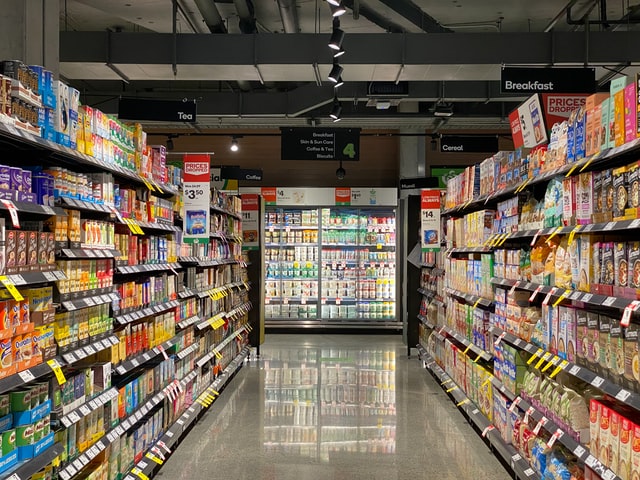 NEW BLOG/THREAD
NEW BLOG/THREAD 
Did you know that up to 40% of food in the U.S. – and globally – is wasted or lost? There are many serious ramifications stemming from this issue but I'm going to focus on the environmental ones today. http://bit.ly/clearfoodwaste 1/
Let’s start with the basics. There’s a difference between food loss & food waste. According to the @FAO, food loss refers to a decrease in food b/c of actions or decisions from food producers. With food waste, the result comes from consumers, restaurants & retailers. 2/
In other words, food is wasted or lost from the beginning to the end of the food chain. Food loss in the U.S. contributes to 8% of ALL GHGs emitted – that’s more than all U.S. animal agriculture & nearly as much as the U.S. ag total. 3/
Think of the emissions that result from food production from ‘cradle-to-grave’: Processing, transportation, packaging (all that plastic!), the energy used to ship and store food – EVERYTHING. Just to go to waste. 4/
More specifically, according to the @EPA, landfills are the third largest source of human-related methane emissions, accounting for about 15% of all U.S. methane emissions in 2018. In CA, about 18% of materials that go into landfills is wasted food. https://www.epa.gov/lmop/basic-information-about-landfill-gas 5/
What this means is that our massive food loss & waste problem is not only taking our precious resources for granted, but it’s also contributing to climate change in a major way. In the U.S. it has a bigger environmental impact than meat which is often mislabeled as a culprit. 6/
That’s a different conversation but quickly, methane from livestock doesn’t have the same impact on climate. Here’s a thread I wrote a while back if you’d like to learn more: https://twitter.com/GHGGuru/status/1294270569890713601?s=20 7/
Let me paint a picture on how monstrous this problem really is: On a global scale, if food waste was a country it would be third to only China & the U.S. in regard to GHGs emitted! Think about that for a second. 8/
In the U.S. & in other industrialized (wealthier) countries, the majority of food is wasted after it hits the market – through consumers & businesses. In developing countries, food is more commonly lost at production level due to a lack of efficiency & technology. 9/
So, what do we do with all this information? As consumers, this is something we can actually do. Here are some tips on how to reduce food waste from the @US_FDA: https://www.fda.gov/food/consumers/tips-reduce-food-waste 10/
Food product labeling is widely misunderstood & results in tons (literally) of perfectly edible food being tossed. Learn how to read ‘sell-by’ / ‘best-by’ / ‘use-by’ dates:
---> http://bit.ly/3pr8yAX 11/
---> http://bit.ly/3pr8yAX 11/
On a broader perspective, there’s lots of work to be done through govt policy & collaborative global efforts. In CA, SB 1383 (signed into law in 2016) mandates a 40% reduction of methane below 2013 levels by 2030. This includes methane from both landfills and livestock. 12/
Here’s more on that: https://twitter.com/UCDavisCLEAR/status/1274058501262721024?s=20
13/
13/
The @ucdavis podcast, Unfold, features an episode on food waste. The episode explores the issue and potential solutions in depth. Take a listen: 14/
On a related note, did you know that cattle help keep food waste out of landfills? Here’s a thread I wrote about their role as upcyclers. Please know, the proposed law being referenced was dropped (success!) but the context is still valid: https://twitter.com/GHGGuru/status/1286834829787426816 15/
Here’s my new blog once more: http://bit.ly/clearfoodwaste 16/16

 Read on Twitter
Read on Twitter


